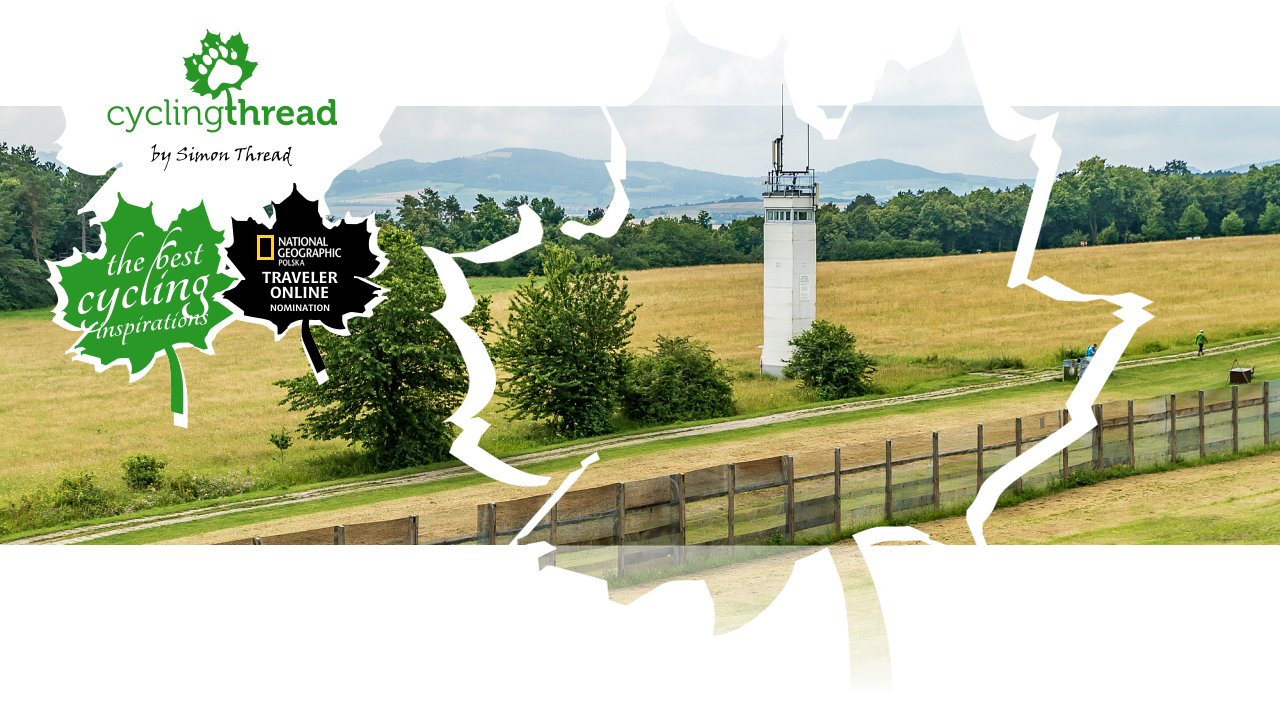
Iron Curtain Trail - EuroVelo 13 in Poland and Germany
Most cycling tourists traveling along the Baltic Sea coast follow the signs of the EuroVelo 10 route, which leads through numerous picturesque seaside landscapes in Poland, Germany, Scandinavia and the former Baltic republics. However, not everyone notices that the popular "10" on European cycling signposts is often accompanied by the number 13, representing the EuroVelo 13 route. This trail, for several hundred kilometers, shares a common path with EuroVelo 10 through Poland and Germany. Beyond the refreshing sea breeze, the "13" carries a deeper message - remembering the "Iron Curtain" that divided our continent for decades.
Route on the map
GPX file (GPS track): cyclingthread.com-eurovelo-13-2024.gpx
Iron Curtain Trail - table of contents
- The Iron Curtain Trail - EuroVelo 13
- Historical reflections amidst natural beauty
- The hottest point of the Cold War
- Through Europe’s volcanic landscapes
- The Iron Curtain Trail along the Elbe
- The most popular cycling route in Germany
- A special lens transports you back in time
- Western Pomerania as a source of inspiration
- The fascinating Underground City on Wolin Island
- Scenic sections begin before Międzyzdroje
- Cold War Coastal artillery batteries
- Eastern Eco Park - one of the most beautiful spots
- Small Kłanino hides big treasures
- EuroVelo 13 in Pomerania
- EuroVelo 13 recalls Europe’s history
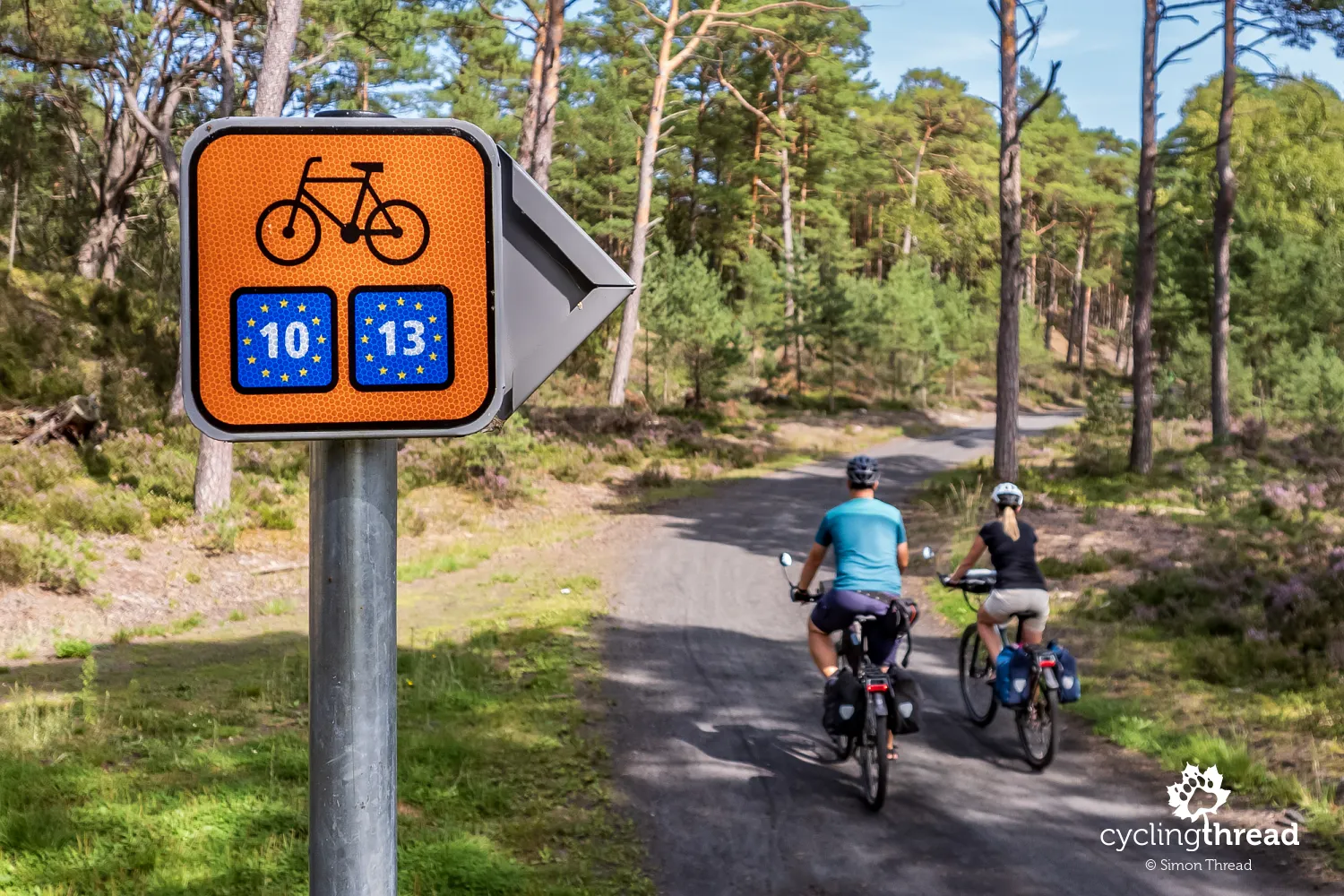
The Iron Curtain Trail - EuroVelo 13
EuroVelo 13, also known as the Iron Curtain Trail, is one of the most fascinating and historically significant European cycling routes. Spanning approximately 10,500 kilometers, it follows the former divide between Eastern and Western Europe. EuroVelo 13 connects the Barents Sea in the north with the Black Sea in the south, crossing 20 countries, including Finland, Poland, Germany, Czechia, Slovakia, Hungary, Bulgaria and Greece. Along the way, it visits 14 UNESCO World Heritage Sites. This extensive and diverse route offers inspiration for multiple cycling adventures, whether short trips or longer journeys exploring extraordinary European landmarks.
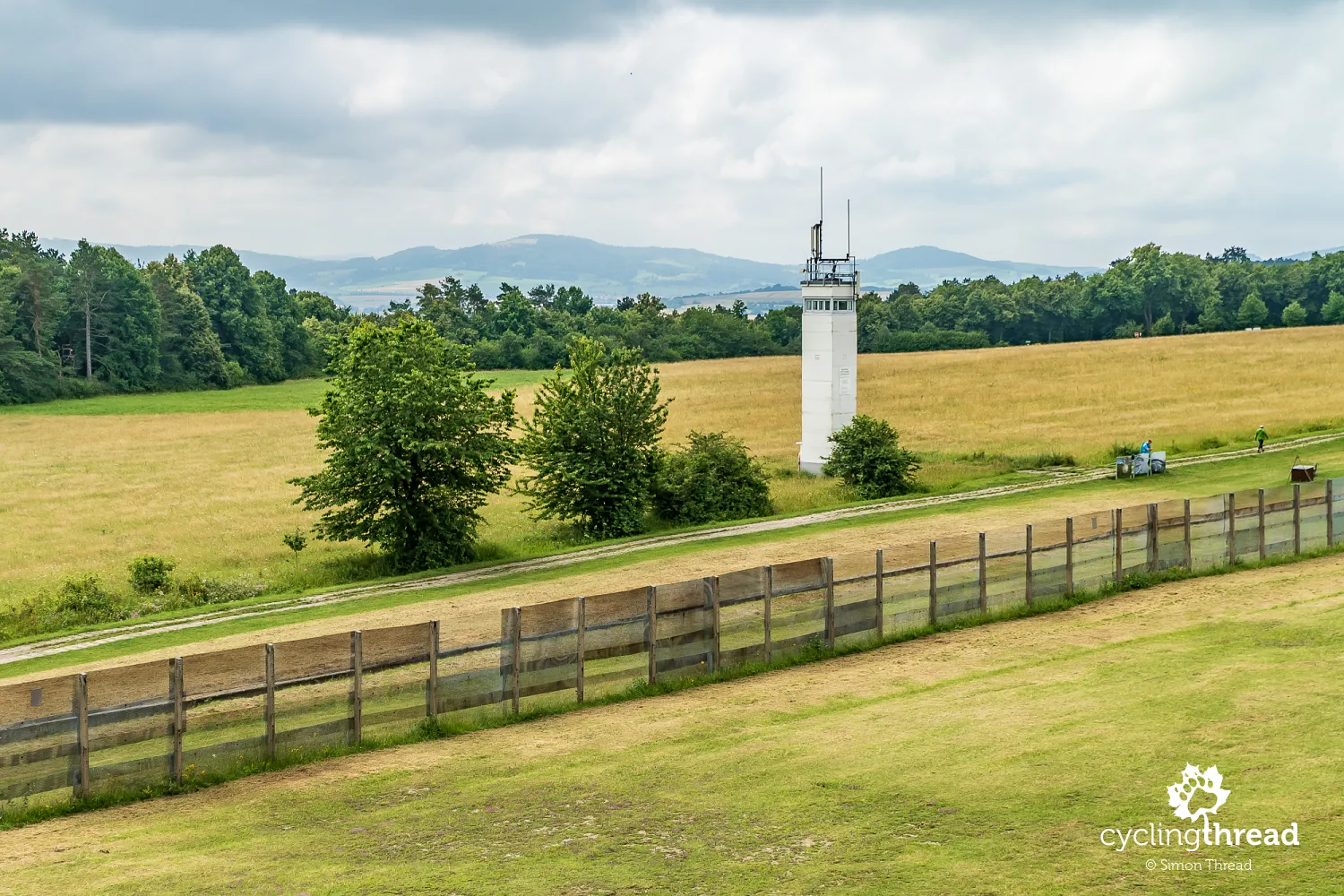
Historical reflections amidst natural beauty
EuroVelo 13 is not just a cycling trail but a journey through European history. Traveling along the Iron Curtain Trail provides an opportunity to discover landscapes and places that witnessed key events of the 20th century. It's a cycling adventure filled with symbols encouraging reflection on European unity and overcoming past divisions. It’s also a great way to connect with nature—the route passes through national parks, nature reserves, coastlines, lakes, and mountains. Sections of EuroVelo 13 near the Baltic Sea overlap with EuroVelo 10, as detailed in articles showcasing the Baltic Sea Route in Germany and the Velo Baltica Route in West Pomerania, as well as EuroVelo 10 in Pomorskie. In this article, I share highlights of the Iron Curtain Trail encountered during our trips along EuroVelo 13.
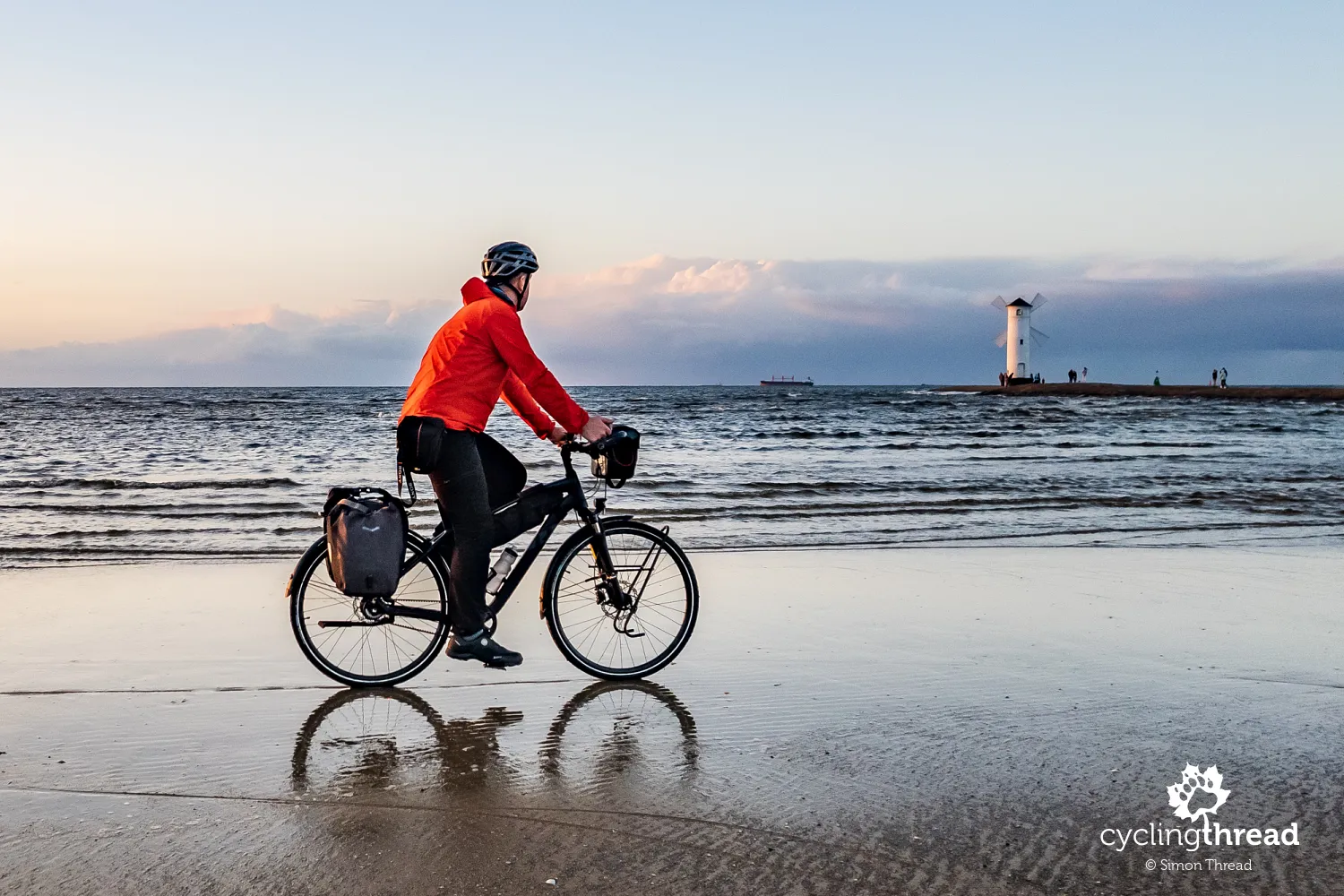
The hottest point of the Cold War
One of the most symbolic locations along the trail is Point Alpha, situated at the border of Hesse and Thuringia. Often referred to as the "hottest point of the Cold War," it overlooks the Ulster River valley from a hilltop. Point Alpha, a former border post between East and West Germany, has been one of the most important memorial sites in postwar German history since 1991. Visitors to Point Alpha can climb the military observation tower to view the former East German watchtower and explore buildings that once served as a base for American soldiers. The site also features an exhibition of military equipment, including tanks and patrol helicopters used in the region. Cycling to Point Alpha offers a chance to trace the path of the former GDR-FRG border—a line that symbolized the military division between the Warsaw Pact and NATO.
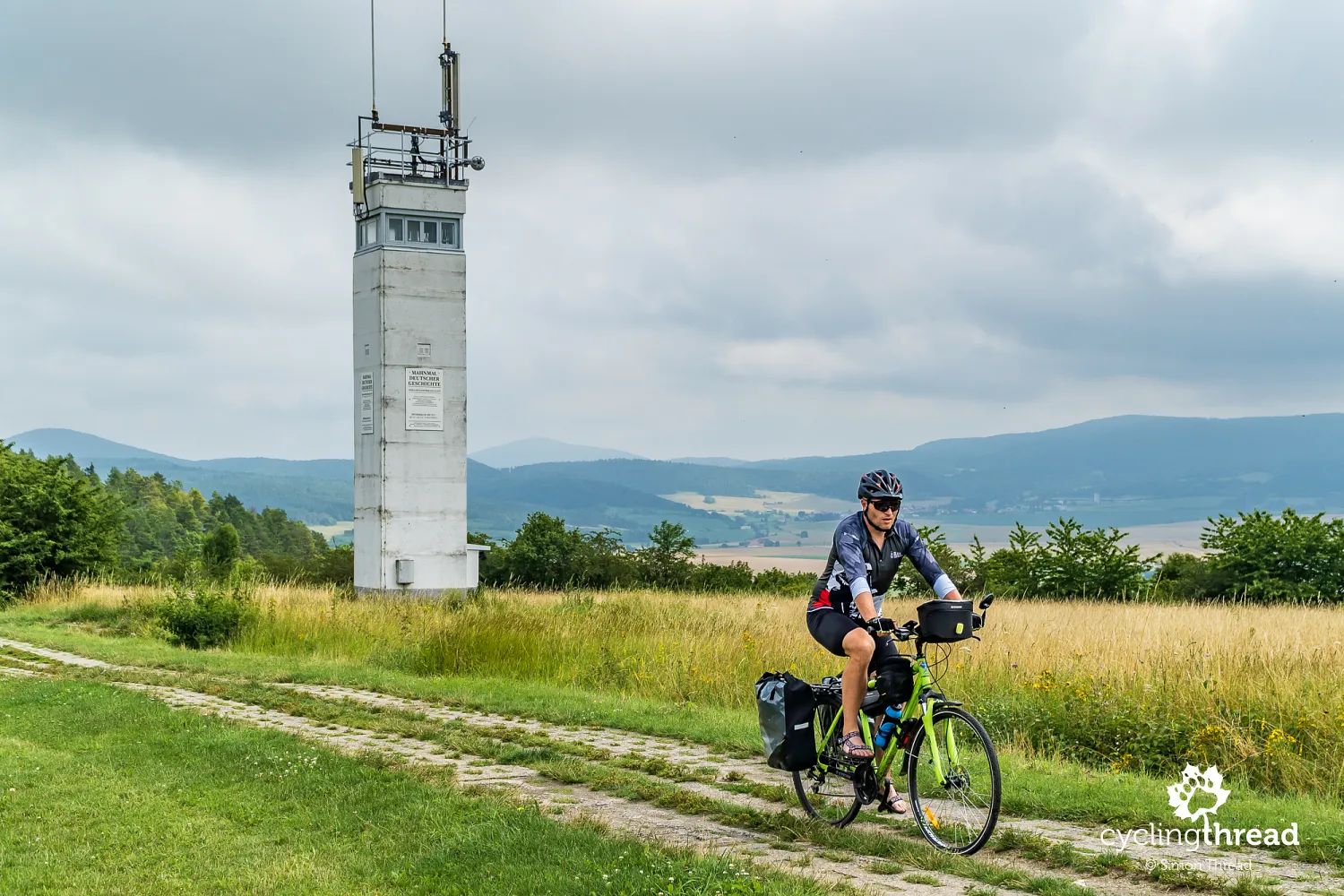
Through Europe’s volcanic landscapes
The route to Point Alpha takes cyclists through the largest volcanic landscape area in central Europe. Some 15 million years ago, this region was home to active volcanoes, creating an atmosphere vastly different from the tranquil provincial Germany we see today. Over millions of years, the landscape softened, but the silhouettes of former volcanoes remain prominent. Many of them are visible from the Vulkanradweg, or “Volcano Cycle Path,” which forms part of Hessen Railway Cycle Route. Nearby lies the Vogelsberg Geopark, established to preserve and promote the region’s geological history. The area features around 50 sites showcasing traces of volcanic activity, including distinctive basalt columns that emerge from ancient lava chimneys.
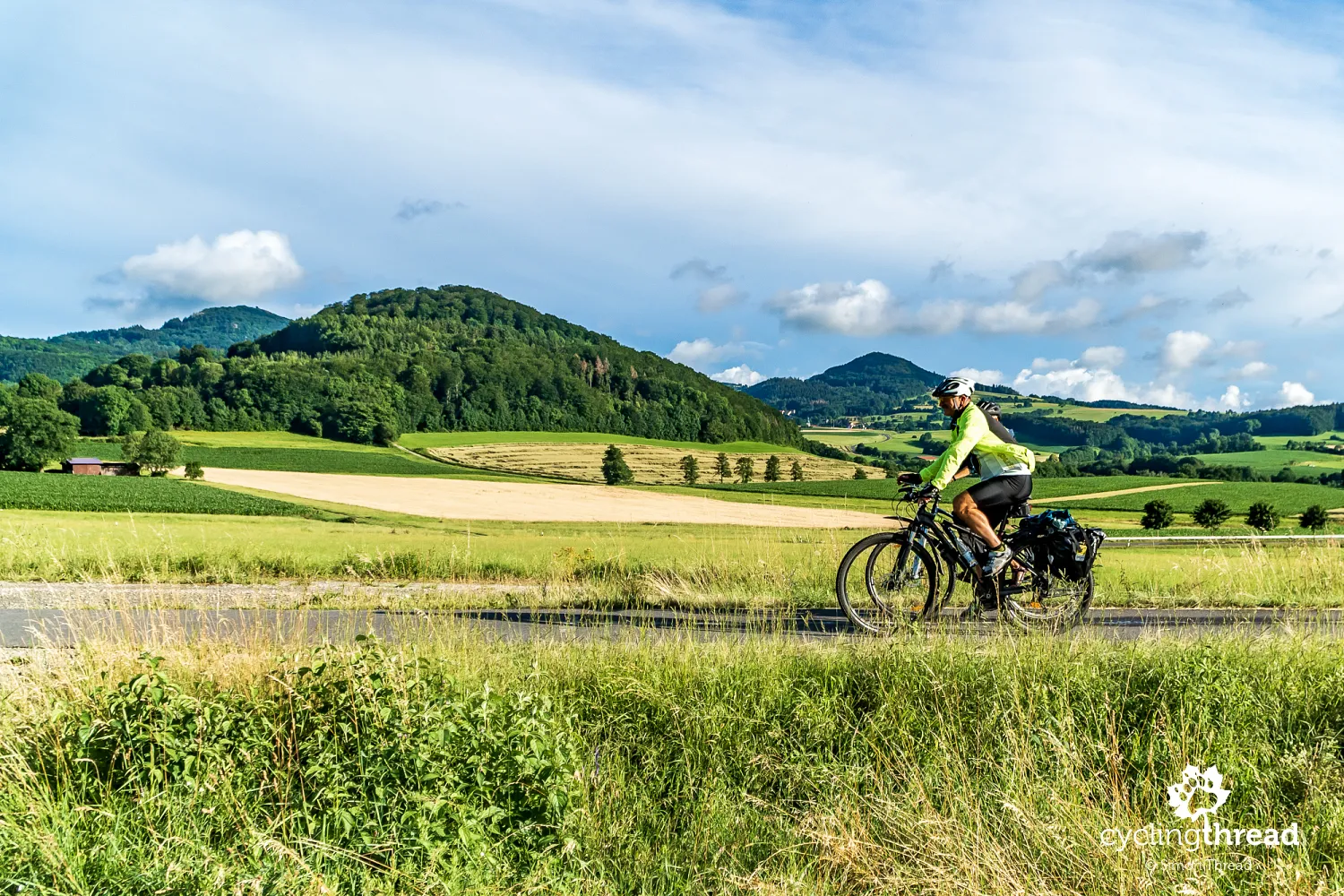
The Iron Curtain Trail along the Elbe
The "Iron Curtain" also ran along the Elbe River, which marked part of the border between East and West Germany after World War II. We explored this section during a multi-day journey around northern Brandenburg. The natural barrier of the Elbe was one of the most heavily guarded stretches of the inner-German border. The river was closely monitored by East German patrols to prevent frequent escape attempts to the West. The border along the river was fortified with fences, watchtowers, observation networks, and even underwater obstacles to hinder crossings to the FRG. Both land and water patrols kept the area under constant surveillance. Today, the Elbe serves as a living monument, commemorating the tragic fates of those who lost their lives in pursuit of freedom.
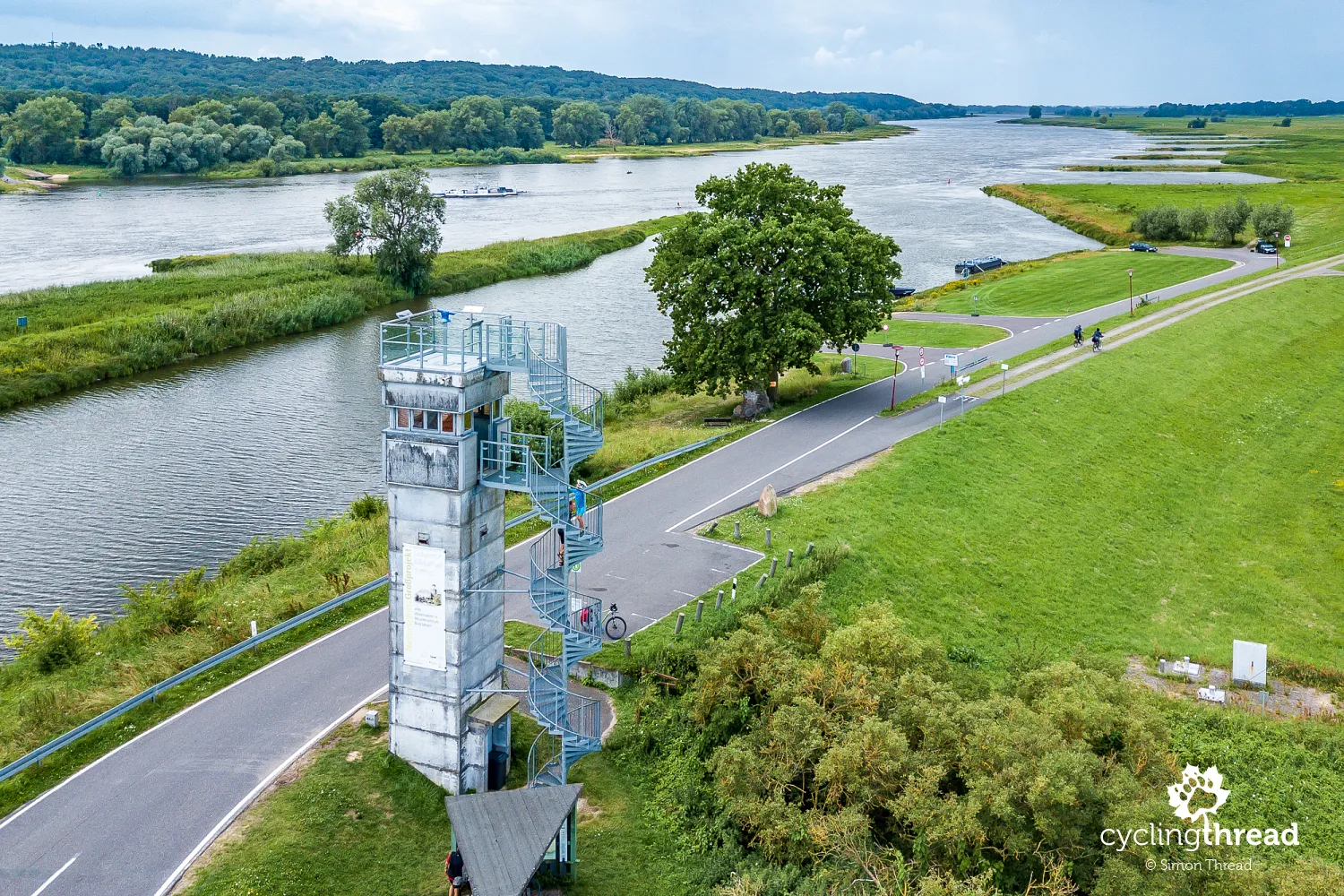
The most popular cycling route in Germany
When we first rode along the Elbe Cycle Route, we immediately understood why the Elbe-Radweg enjoys such immense popularity among German cyclists and consistently ranks at the top of ADFC rankings. Thanks to excellent infrastructure, the route attracts a variety of cyclists—solo travelers, pairs, and groups—usually well-prepared both in terms of equipment and physical fitness. Even pets joined their owners, with some running obediently alongside and others transported in specialized trailers. We also encountered couples communicating via small walkie-talkies mounted on their helmets. Germans have a deep passion for cycling tourism and continuously work to improve their routes. For many, cycling is more than just a mode of transport—it is a true passion.
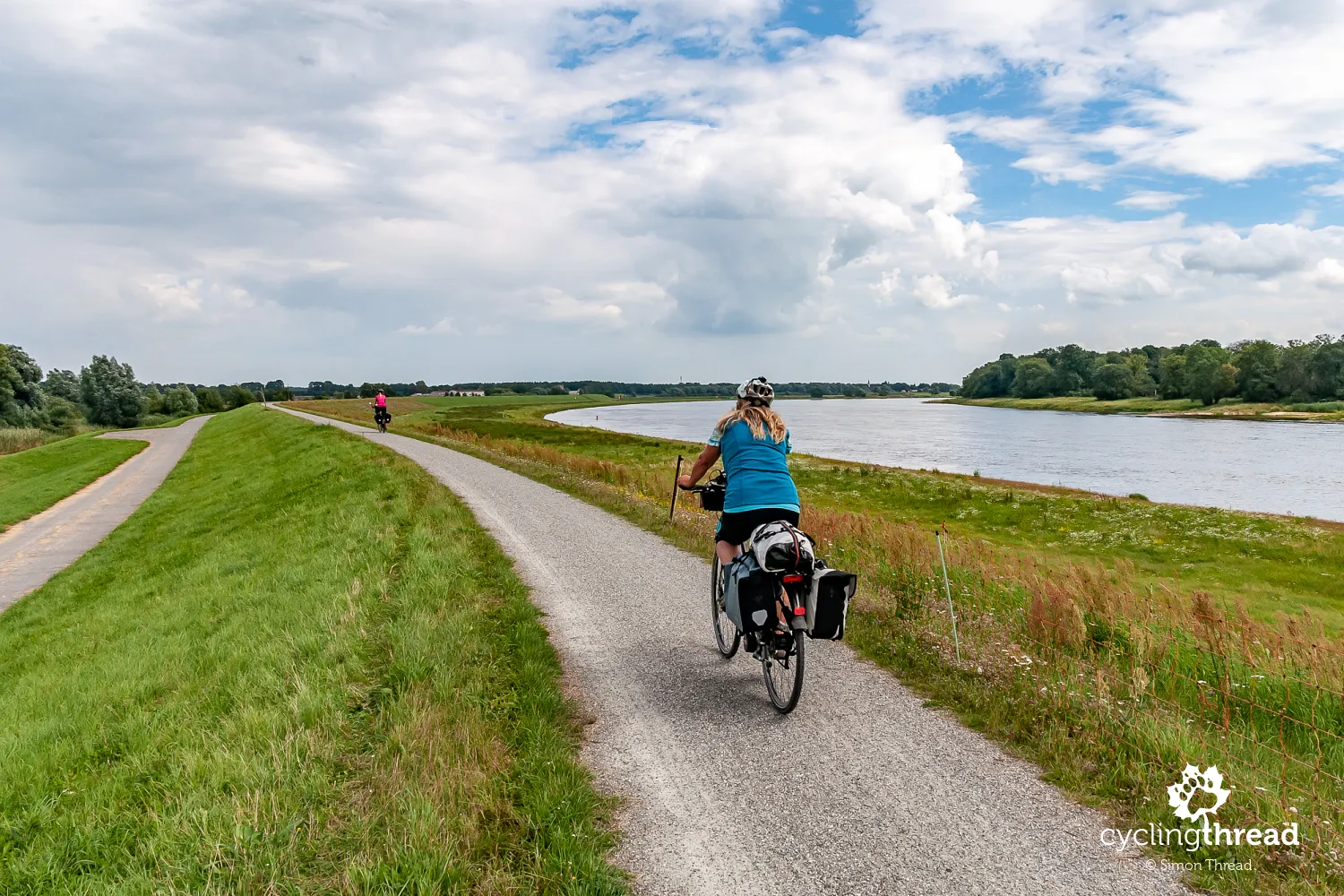
A special lens transports you back in time
One of the most memorable features along the way is an unusual "lens" located on the cycling route between Travemünde and Boltenhagen, on the coastal section of EuroVelo 13 in Germany. When you peer into it, you see how the area looked decades ago when it marked the border between the German Democratic Republic (GDR) and the Federal Republic of Germany (FRG). The border zone between the GDR and FRG was heavily fortified and guarded, with barbed wire fences, walls, watchtowers, and a no-man's land—dubbed the "death strip"—cleared of vegetation and regularly patrolled. There were also minefields and obstacles designed to prevent escape to the West. Interestingly, the public beach at Boltenhagen, where these border defenses were located, would become a restricted area at night to further limit escape attempts across the waters of the Bay of Lübeck.
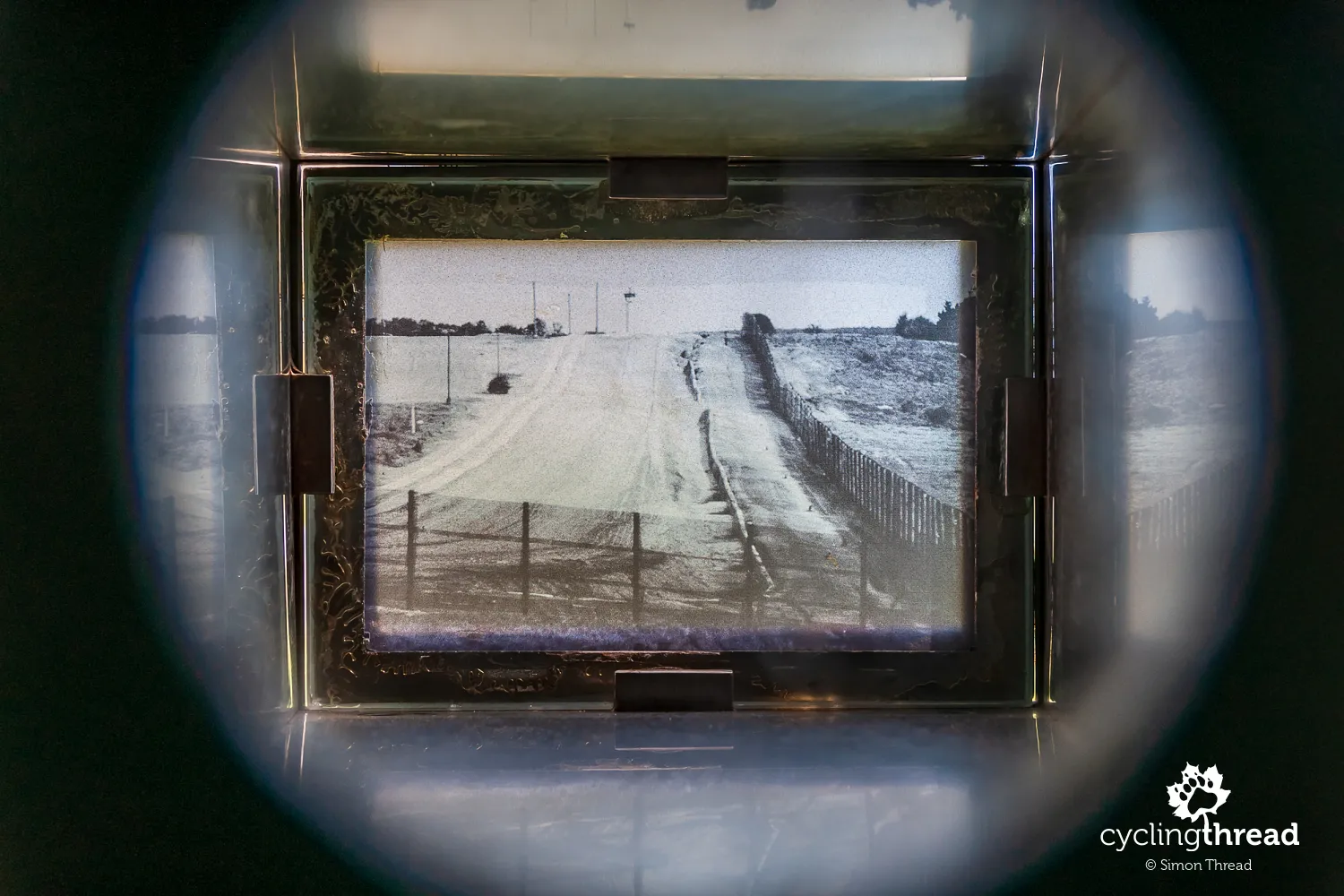
Western Pomerania as a source of inspiration
Along the Baltic Sea coast, EuroVelo 13 runs alongside EuroVelo 10, better known in Germany as the Ostseeküstenradweg. Until recently, the German section of the Baltic Sea Route served as a model for how coastal municipalities could successfully guide cycling tourists through seaside landscapes. However, following significant investments in Western Pomerania, I can now say that Germany should draw inspiration from the West Pomeranian sections of EuroVelo 10/13. While the German Baltic lacks such spectacular developments as the wooden footbridges in the Eastern Eco Park or the facilities near Dźwirzyńska Patelni, Germany boasts a much more diverse coastline that adds charm to the journey. We fondly recall rides through the forests near Rostock, around the Darss Peninsula, and along the pleasant, narrow, asphalt sections near Stralsund.
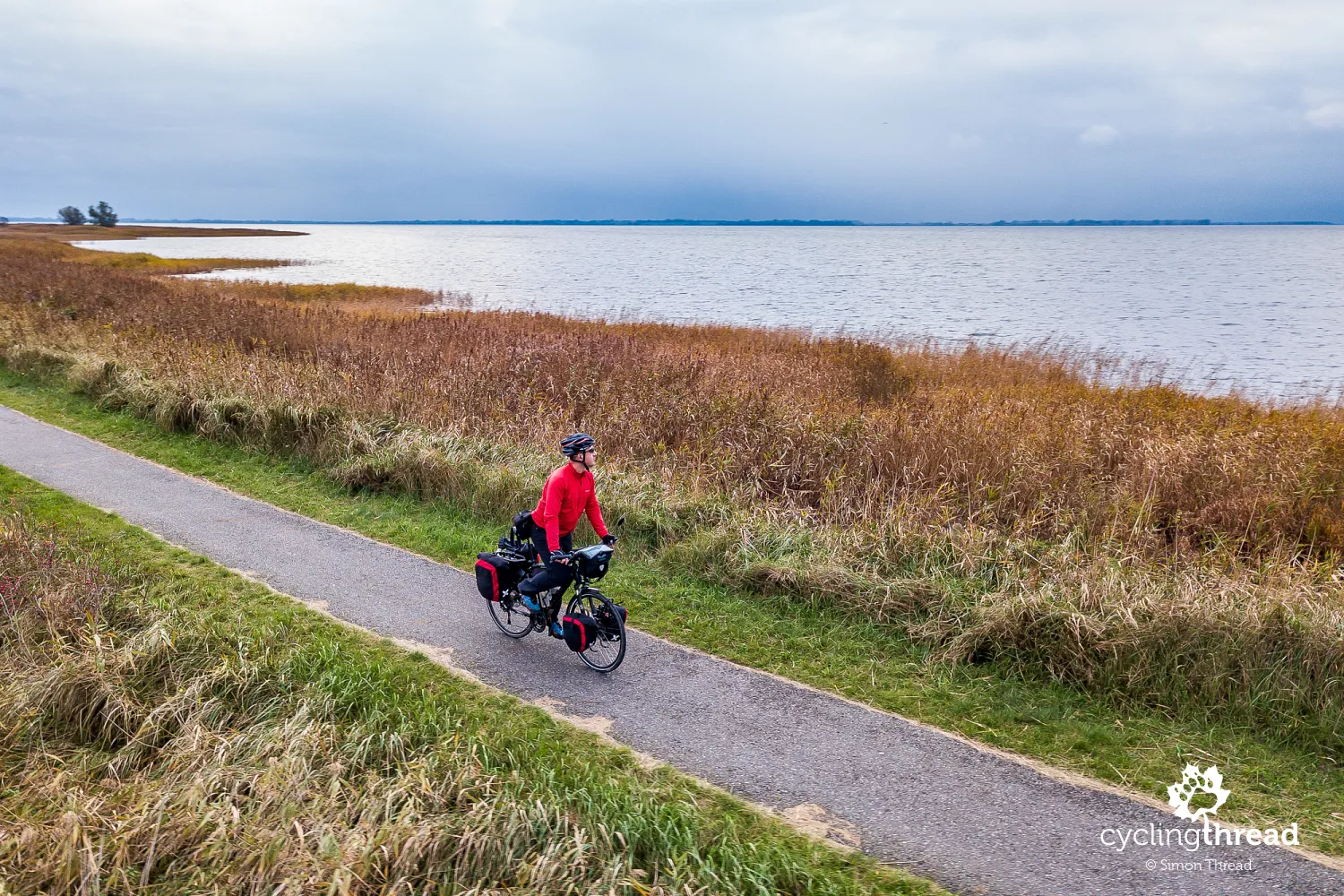
The fascinating Underground City on Wolin Island
Before reaching Międzyzdroje, EuroVelo 13 passes right by the Underground City, a complex of bunkers hidden beneath the Baltic dunes, originally built by the Germans during World War II. After the war, the bunkers were taken over by Poland, expanded, and converted into a command center in preparation for a potential conflict with NATO. This is a truly fascinating site, especially when explored with a guide who passionately recounts its history and leads visitors through underground rooms staged with scenes from World War II. However, it’s worth noting that the only available tours are too long for cycling tourists, lasting about an hour and a half, and take place at fixed times, making it difficult to fit into the rhythm of a bike trip. A more practical option for cyclists would be a 30-minute "on-demand" visit instead of a group tour. Additionally, a secure bike parking area would be a welcome improvement.
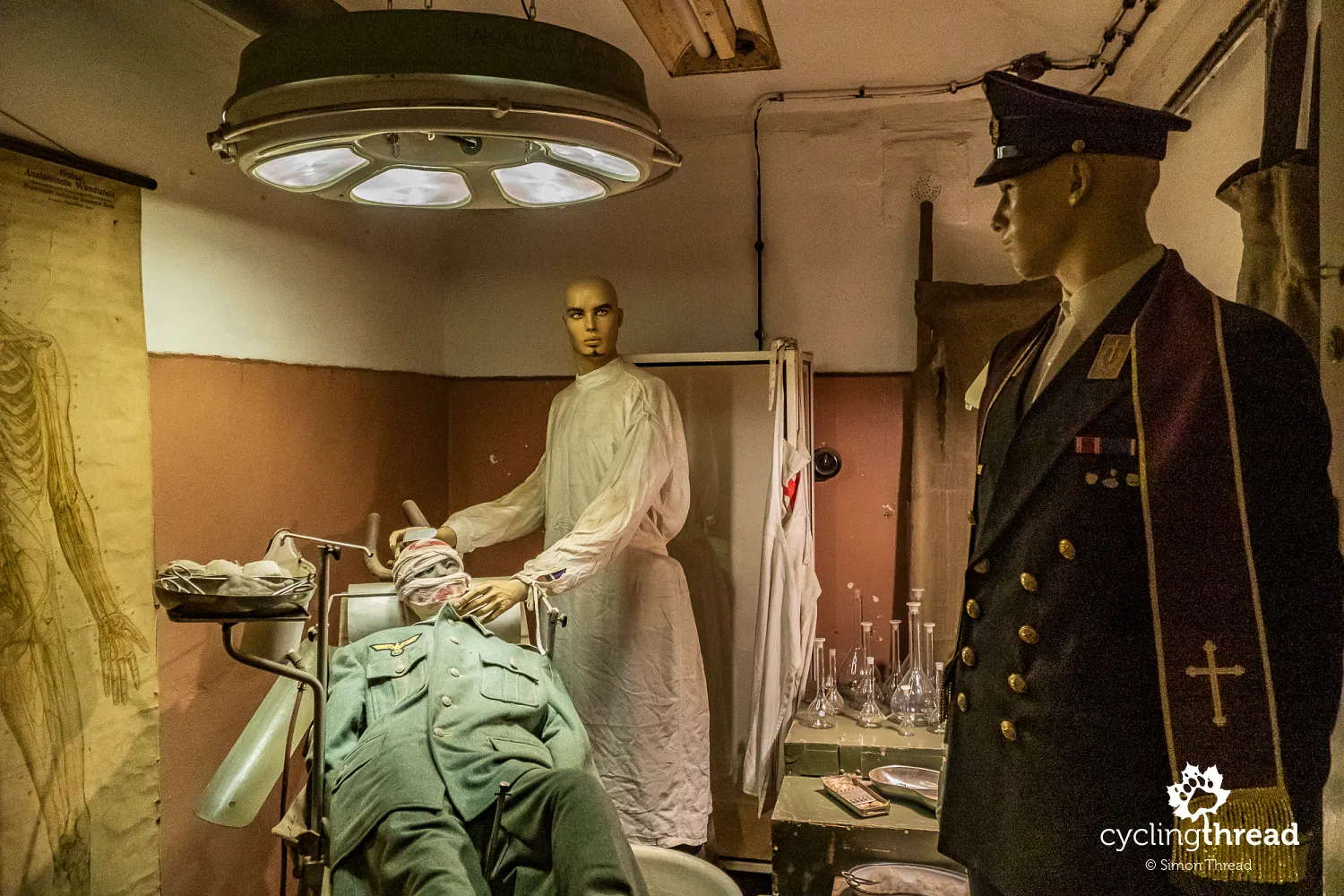
Scenic sections begin before Międzyzdroje
After the Underground City but before reaching Międzyzdroje, the cycling route enters one of the newly built sections completed in recent years as the once-renowned R10 transformed into the EuroVelo 10/13. This approximately 2-kilometer stretch of gravel cycling path runs along the coast—firm, comfortable, and almost exactly what cycling tourists need along the Baltic. While most of the route is separated from the beach by a narrow strip of coastal forest, and despite being caught in a sudden downpour on my first ride here, I believe this segment will become one of the most frequently remembered by cyclists. Midway through, Western Pomerania has installed one of its new cycling shelters, offering effective protection from rain and wind. Many cyclists will likely compare this stretch to the scenic R10 route on the Vistula Spit.
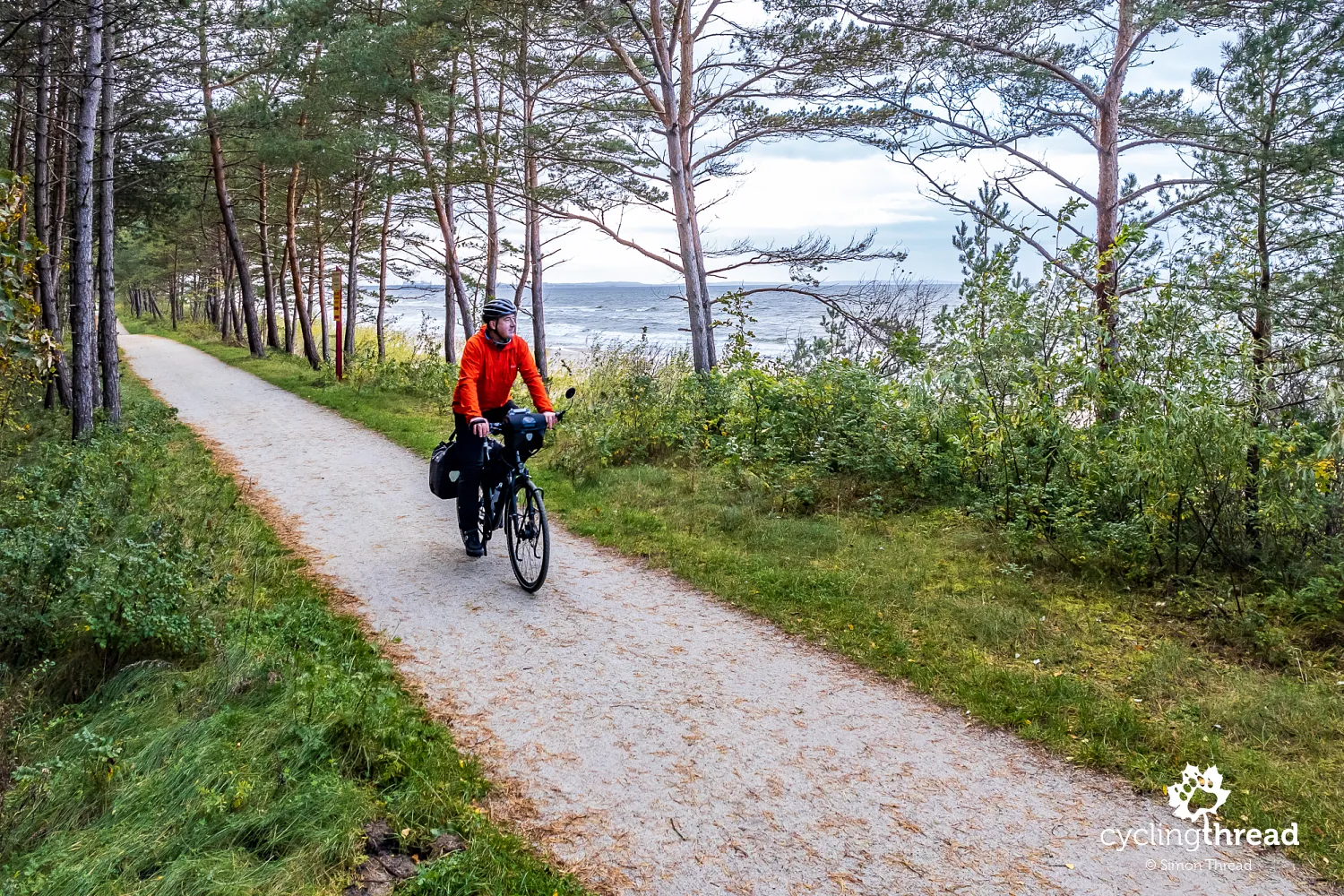
Cold War Coastal artillery batteries
Scattered along Poland’s Baltic coast are military structures known as Coastal Artillery Batteries (BAS), 11 of which were built in post-war Poland. These batteries were constructed after World War II to protect strategic coastal areas and ports from potential naval attacks. Equipped with heavy guns of 152mm, 130mm, and 100mm caliber, these weapons were mounted in reinforced concrete bunkers designed to withstand shelling and bombings. The batteries typically included several gun emplacements, ammunition depots, and command and communications shelters hidden in coastal forests or dunes. Today, most of these batteries are open to tourists as historical attractions, with their massive concrete structures still impressing visitors with their solidity and monumental design. Almost all have been stripped of their guns and metal equipment, including Battery 31 near Ustronie, which lies close to the EuroVelo 10/13 route.
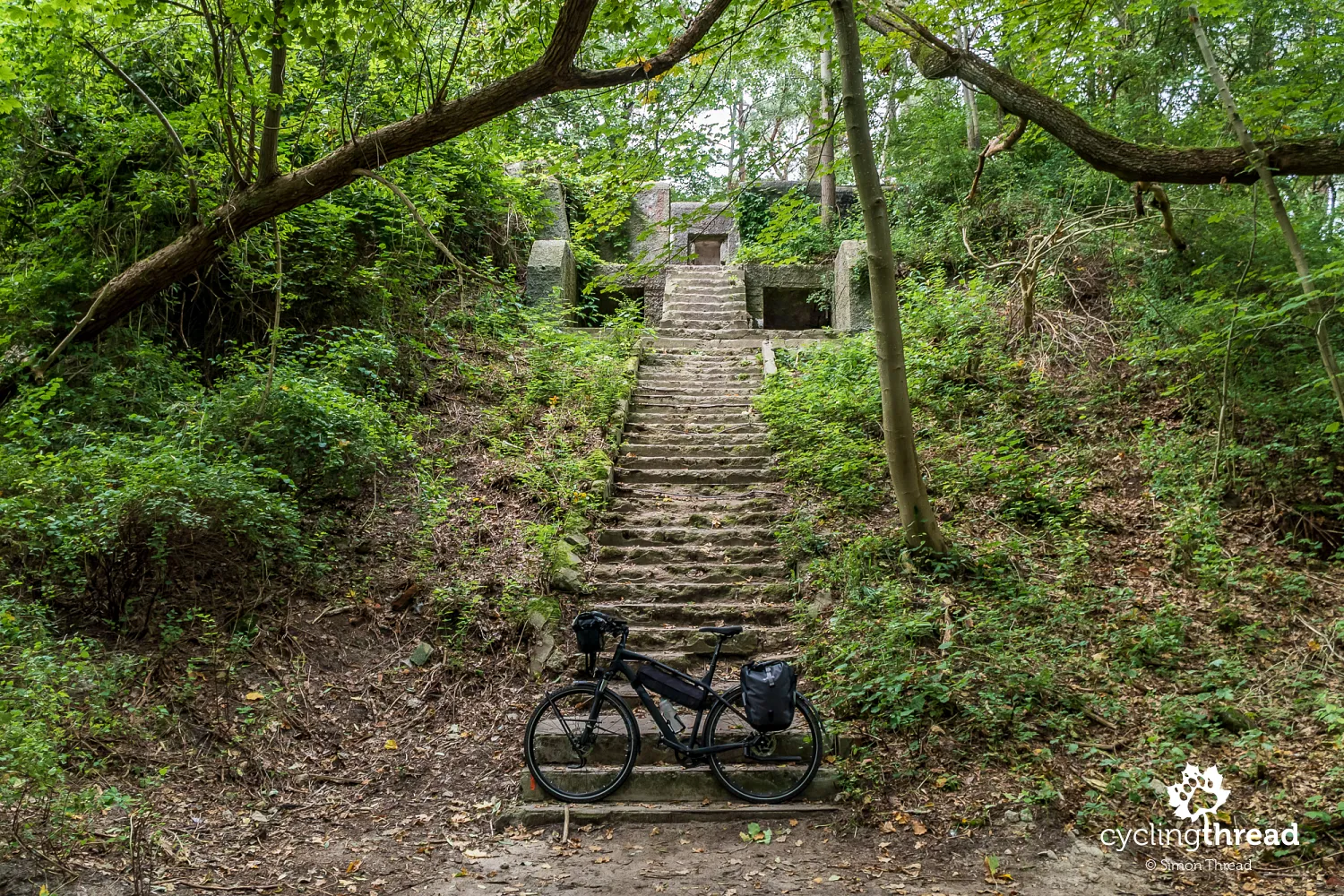
Eastern Eco Park - one of the most beautiful spots
One of the most picturesque locations along EuroVelo 10/13 and the entire Baltic coast is the Eastern Eco Park, a protected area situated a few kilometers east of Kołobrzeg. This park is home to around 80 bird species, with cranes often stopping here during their autumn migration. A highlight of this section is a 200-meter-long wooden footbridge separating the Salt Marsh, part of the Eastern Eco Park, from the Baltic Sea. In 2010, a breach in a sandbank caused the marsh’s waters to flood into the Baltic, destroying bird habitats and disrupting the natural balance. Stopping here offers the opportunity to admire both the churning Baltic waves and the tranquil freshwater landscape, rich in lush vegetation. There’s truly no other place like it on the Baltic coast!
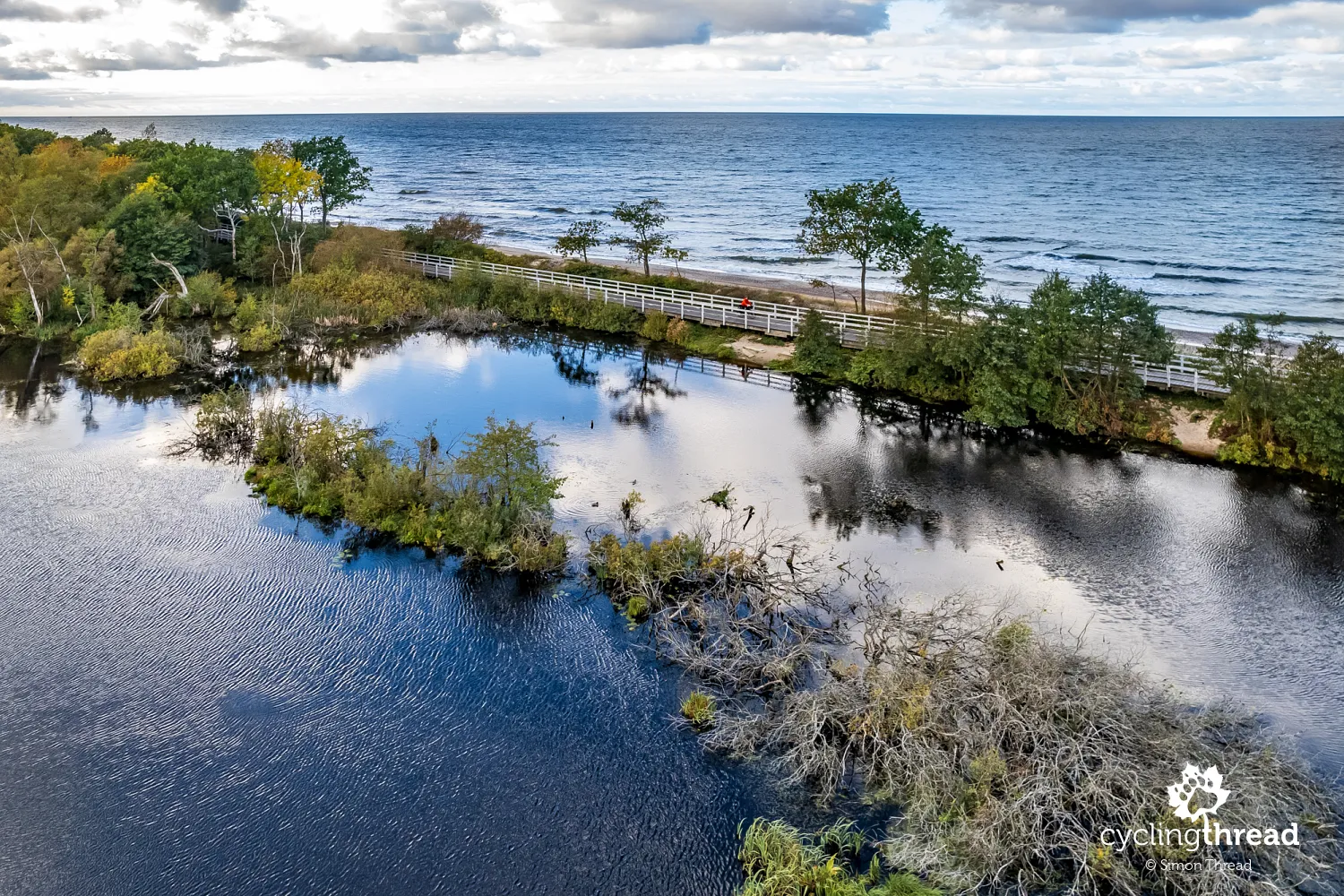
Small Kłanino hides big treasures
In the modest village of Kłanino, just off the EuroVelo 10/13 route, lies not only a beautifully restored manor but also a private Tank Museum, born of the owner’s passion for military history. Opened in 2022 within the buildings of a former estate, the museum focuses on military vehicles. Among the exhibits are tanks and armored carriers from World War II, including the only German "Panther" tank in Poland. All vehicles are equipped with original engines and are fully operational, often participating in parades, reenactments, and other military events. Adding to the experience are multimedia narratives that enrich the exhibits. This is a must-visit spot for history enthusiasts.
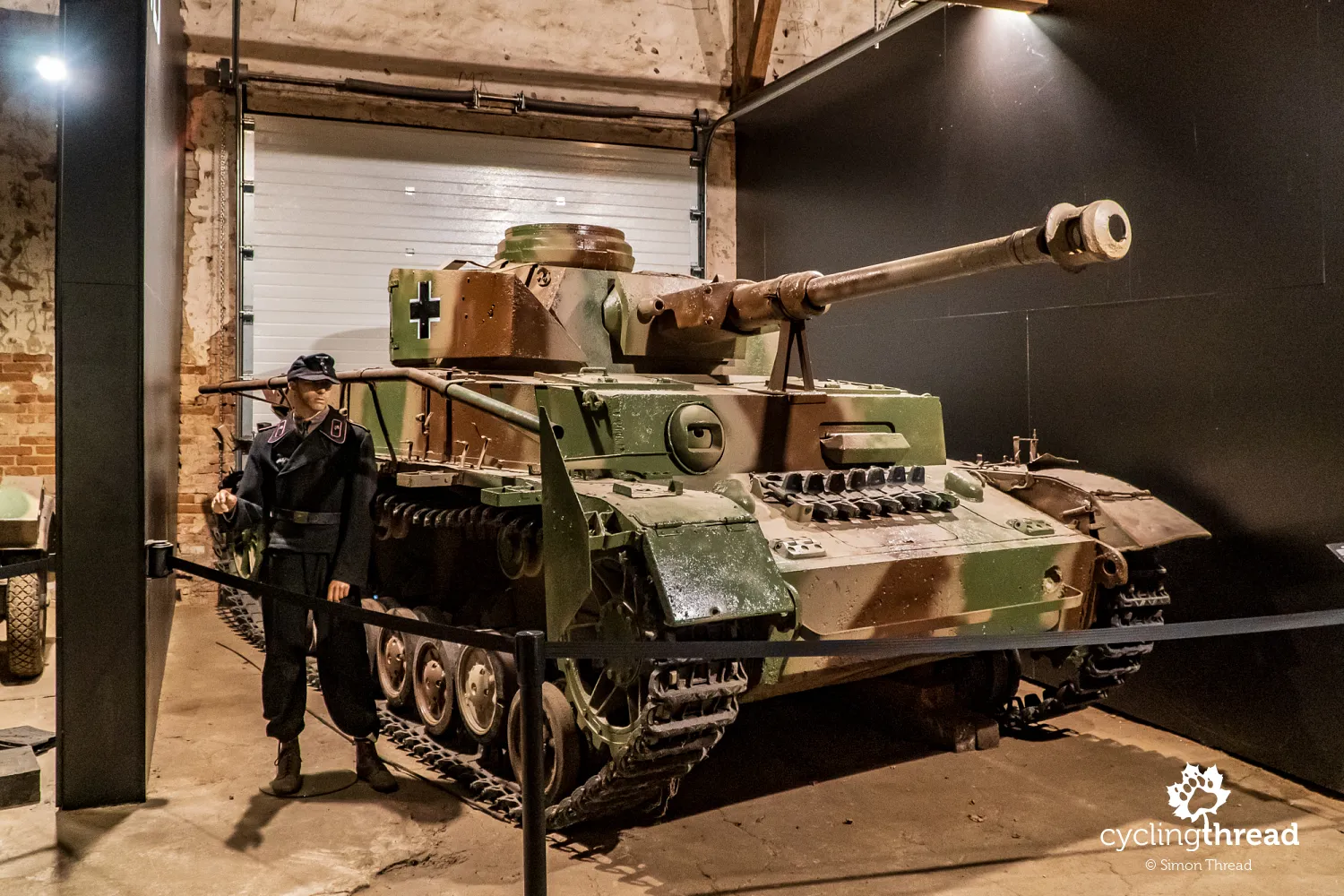
EuroVelo 13 in Pomerania
Further along the Iron Curtain Trail, cyclists encounter scenic forested landscapes. Sections between Lubiatowo, Białogóra, and Dębki feature varied surfaces, but mostly wide, firm paths of natural or gravel materials. Challenging segments include the concrete-slab path near Lake Gardno in the Słowiński National Park. However, most problematic areas are set to be improved as part of future stages of the Pomeranian Cycling Routes project, including the sandy stretch before Łeba, a long-standing challenge for cyclists. Aside from these exceptions, the majority of EuroVelo 10 in Pomerania consists of well-maintained gravel or forest paths, as well as paved or concrete sections, offering an excellent riding experience.
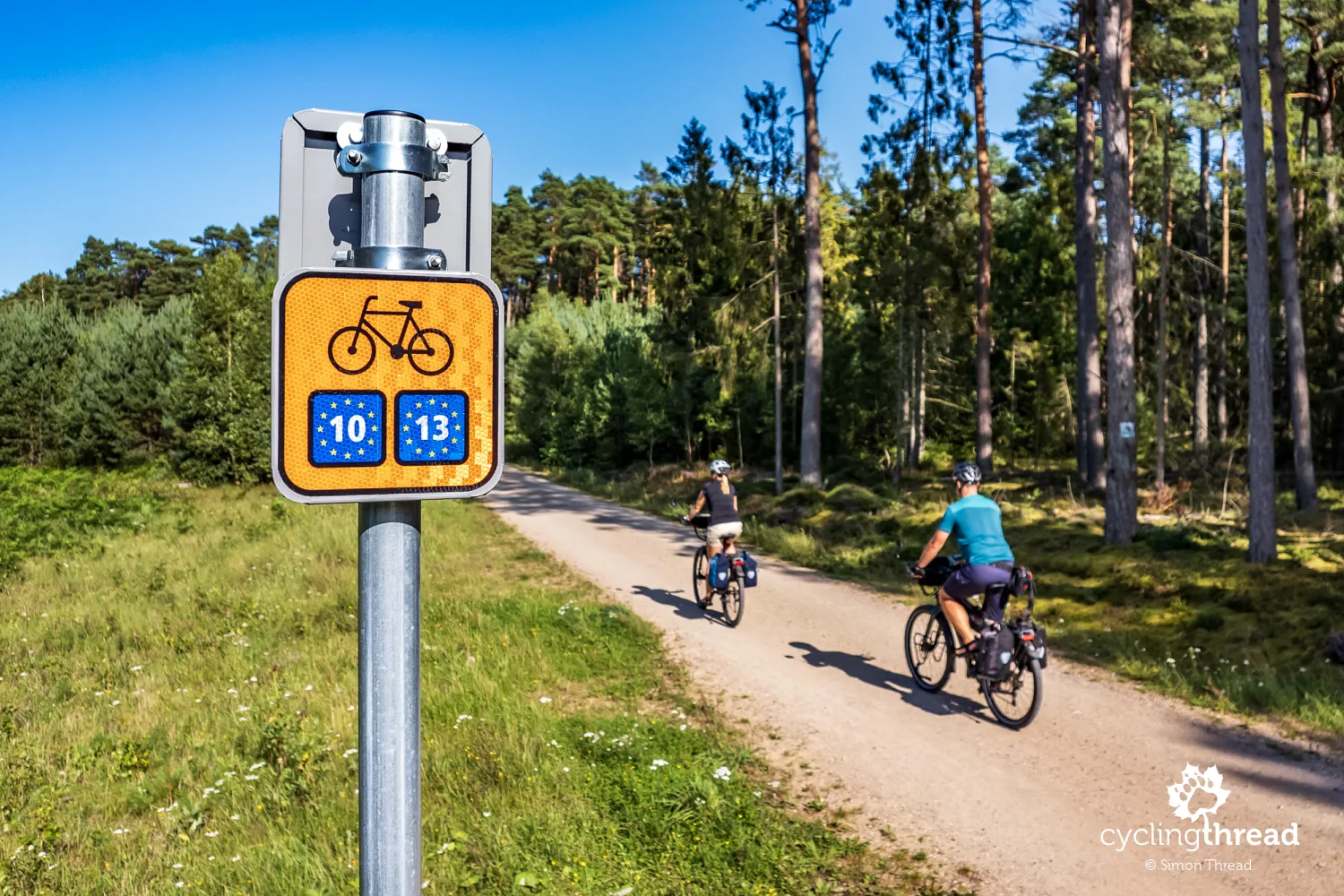
EuroVelo 13 recalls Europe’s history
The EuroVelo 13 trail was created to remind people of the division of Europe during the Cold War, which lasted from 1947 to 1991, a period of political tension between Eastern and Western European states. The Cold War was, above all, a military rivalry between NATO and the Warsaw Pact, remnants of which can be seen in many places along the route. The "Iron Curtain" itself was a symbolic barrier separating the Eastern Bloc from Western democracies. Today, the Iron Curtain Trail aims not only to showcase natural beauty but also to encourage reflection on Europe’s history and the challenging moments it endured. Along the route, visitors can explore numerous historical sites, monuments, museums, and informational plaques commemorating these events.
Back to topHave a safe ride! 💚
Simon Thread
(Szymon Nitka)
I'm a passionate cycling traveler and the voice behind Cycling Thread. I explore Europe on two wheels, documenting the most scenic routes, inspiring places, and cyclist-friendly practices. My writing blends personal experience with practical insights and a deep love of travel. I'm also a contributor to National Geographic Traveler magazine.



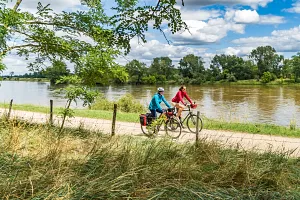
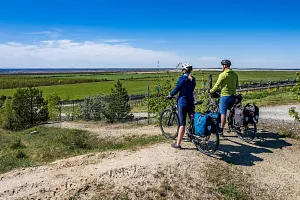
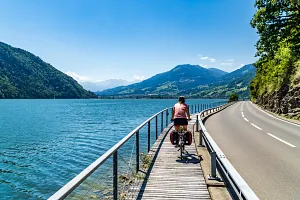
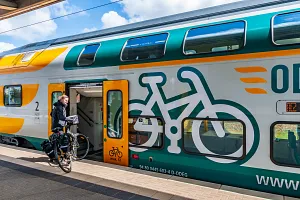
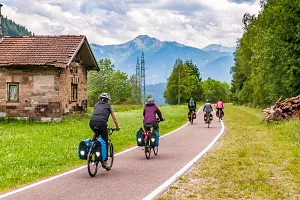
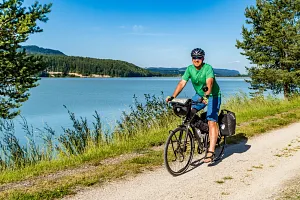
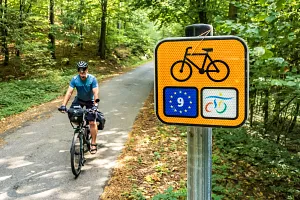
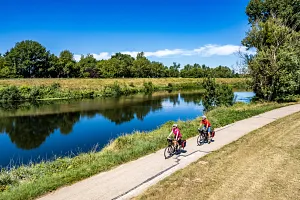
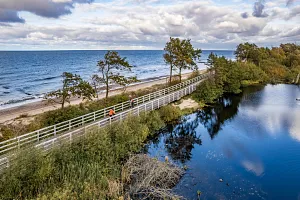
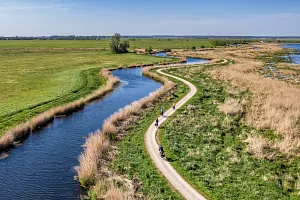
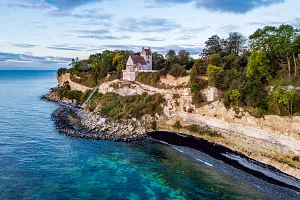
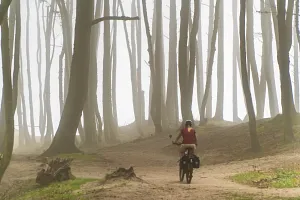
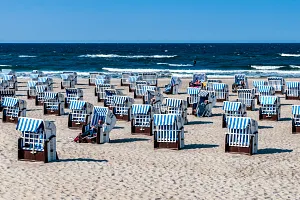
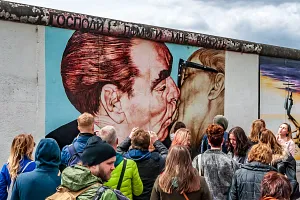
Your Comments
Add new comment